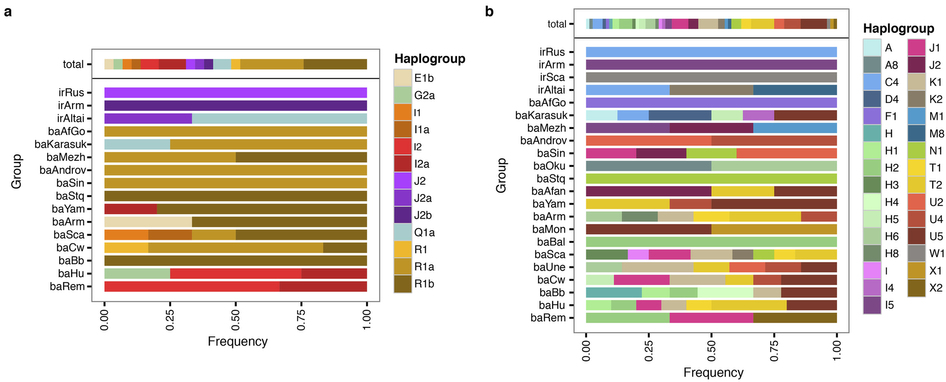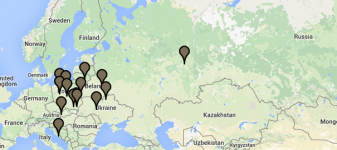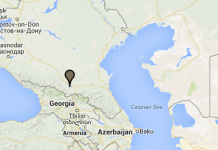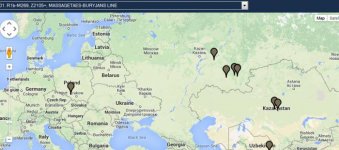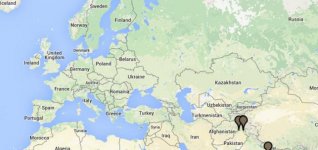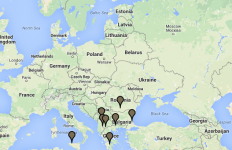Tomenable
Elite member
- Messages
- 5,419
- Reaction score
- 1,337
- Points
- 113
- Location
- Poland
- Ethnic group
- Polish
- Y-DNA haplogroup
- R1b-L617
- mtDNA haplogroup
- W6a
Corded Ware seems to be related to R1a folk linked to Satem language branches
You cannot link DNA to Satem, because Satemization took place several times, and it was a very simple sound change. Besides, there is no absolute correlation between R1a and Satem and R1b and Kentum, since the Tocharians were Kentum and R1a (11 out of 12 samples of Tocharian Mummies from the Tarim basin were R1a, one was K*) and the Armenians are Satem but mostly R1b. Also Luvian branch of Anatolian languages was Satem, but everything indicates that the Luvians were mostly R1b haplotype 35 rather than R1a. About Satemization (posted by a linguist on another forum):
"(...) Satemization happened at least twice independently from each other, and maybe more times. The division of Proto-Anatolian languages into Kentum Hittite plus Palaic languages, and Satem Luvian and its descendant languages, had to be independent from the rest of IE. The whole process of Satemization is trivial, by the way, there are many examples for evolution of soft k/g towards s/z. All three Slavic palatalizations, Kashubian pronounciation, for example -szczi instead of -ski, Romance evolution of soft k into cz and c (this is how Latin kentum resulted in French sę), examples in Germanic (English, Swedish), etc. This linguistic mechanism is very common, it could take place repeatedly in multiple times and places. (...)"


